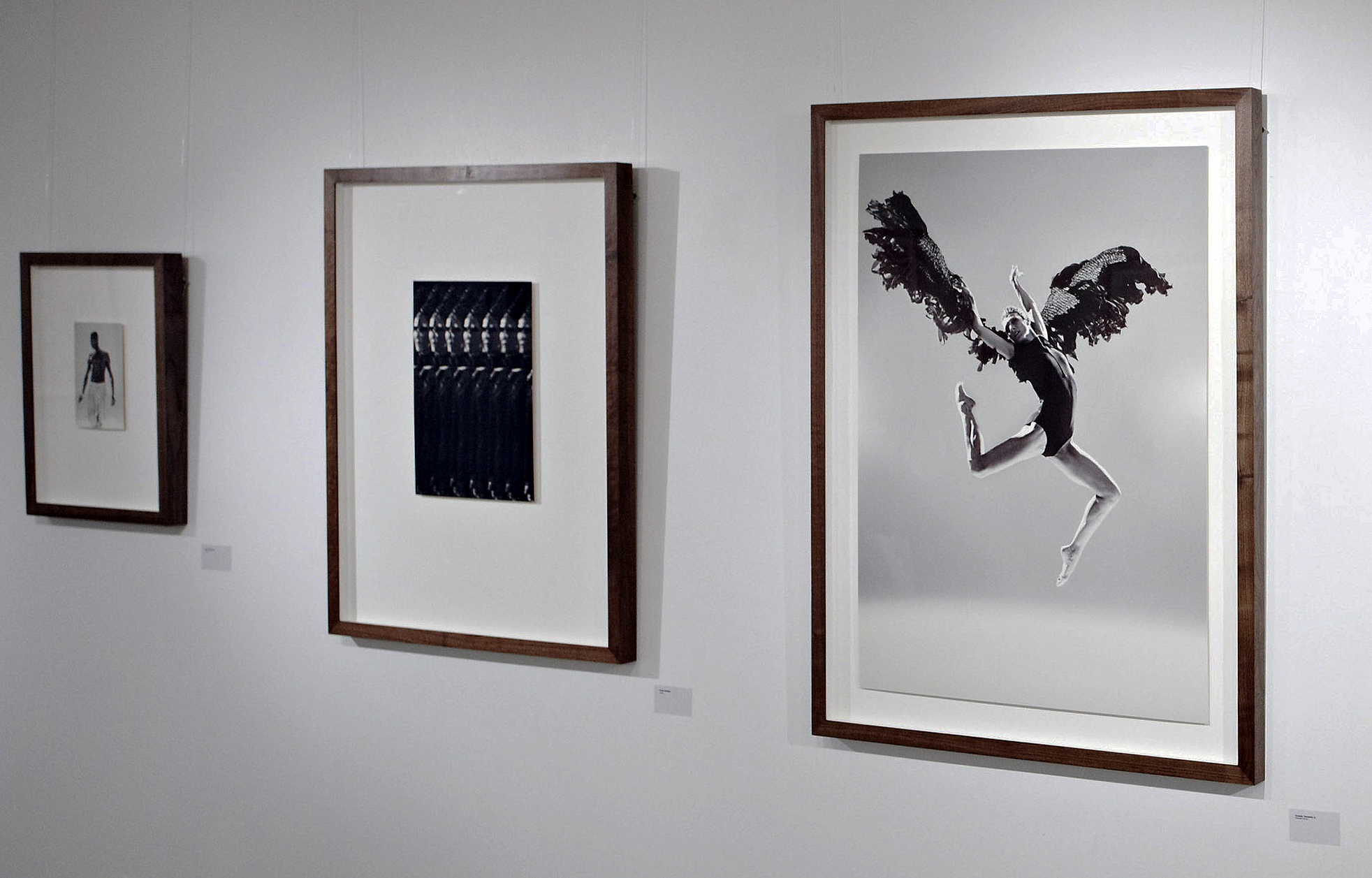Framing Photographs
When possible always store your unframed photograph flat and avoid rolling. Conventional photographic prints are rarely flat due to the wet process and emulsion coatings. The framing process, per se, will not flatten out a print but there are ways of improving its appearance.
Mounting
When using window mounts we advise on using museum-quality 100% cotton rag boards which have passed the silver tarnish test and will not affect photographic emulsions. The flatness of your image when framed needs to be considered and we will advise on how to best mount and hinge your photograph on seeing it. Traditional photographs often have waviness and may be best hinged using non-intervening inert Mylar photo corners. Large-format modern photographs may need to be archivally dry-mounted, and this method is often the preferred choice of photographers who like their work to lie completely flat. A variety of substrates are available to best suit the media type.
Framing
When choosing a frame, think about the style, period and feel of the image, as well as what you like and what might suit your interior and/or purpose. Remember that larger images are going to need stronger frames to support them, and this might involve subframes to strengthen narrower profiles. Currently, our white or black sprayed frames and natural wood box frames are very popular for photographs. Minimalist aluminium frames are quite popular as well, and antique frames can be effectively used for both vintage and contemporary photographs.
Glazing
UV filtering glass and acrylic is available and advisable, particularly on colour photographs. If reflections might be a problem (particularly on dark images), modern anti-reflection glass can reduce them considerably.
